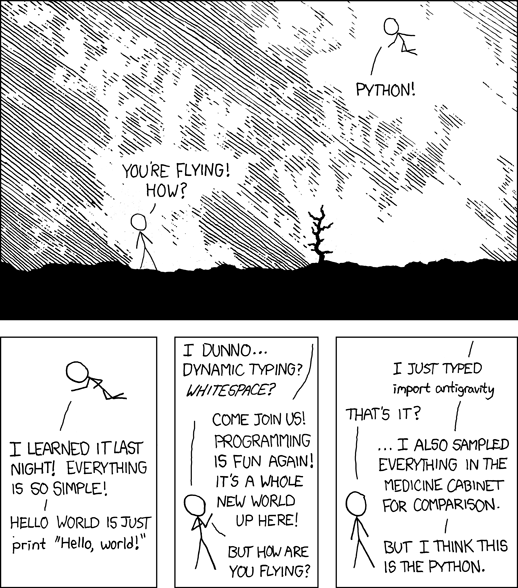404
We could not find the page you were looking for, so we found something to make you laugh to make up for it.

credit: xkcd
404
We could not find the page you were looking for, so we found something to make you laugh to make up for it.

credit: xkcd